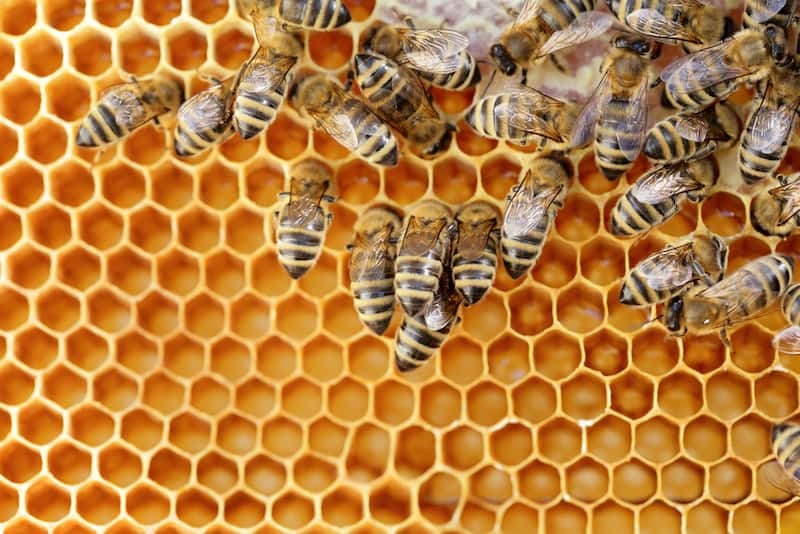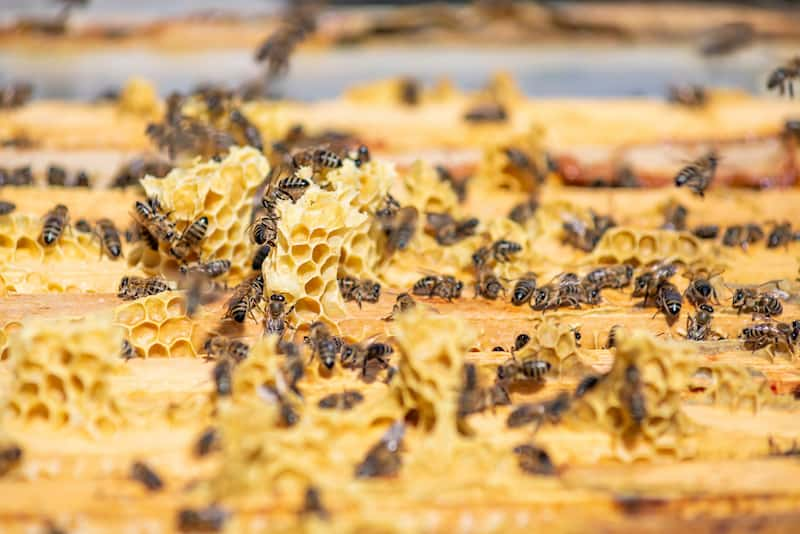Honey bees or African Killer bees are not native to the west. They come from Africa and are a very dangerous insect that attacks in a swarm. Wasps are similar and they hunt African honey bees. Bees are not calmed by smoke, this is a wives tale, they communicate through hormones and body movement and when you fill the area with smoke they cannot smell or see and lose the ability to act as a swarm, they become docile and solitary and have no drive or direction and no real awareness of the fact that the beekeeper is not raiding their honey supply.
If you suspect a wasp presence anywhere near or on your property, contact wasp net removal Etobicoke for quick and safe removal.
Wasps also communicate in this way so yes, smoke will break up their group think but wasps are far more aggressive than bees and don’t need a swarm to tell them what to do. So even with smoke, the wasps may still attack you as individuals and not as a swarm. So don’t think you’re safe by smoking out a nest, they could decide to attack their own. Most wasps build nests above ground, many also build nests in the ground. Some species live in nests of tens of thousands, others are solitary. The world of wasps is very complex and the variety of species is enormous.
If you have wasps on your property then you should probably take action as soon as possible. You can kill them yourself or you can call a professional but either way, you will want to get rid of the nest fast. If you have a nest hanging low on a tree or a roof overhang then you just need to get a couple of cans of powerful insecticide and go out to the nest late at night when the wasps are sleeping in the nest. Spray both cants into the opening and don’t stop till both cans are empty. The wasp nest will be dead at this point and you can take it down and dispose of it. The key here is to make sure to wrap it tightly in plastic to make sure the queen if she survived, does not escape to make a new nest on your property the next spring. The wasp life cycle is yearly, every winter the wasps die and the queen hibernates in a tight place often under the bark of a tree for the winter. Come spring she finds a place to make a new nest or returns to an old one. This repeats every year until the queen dies and a new queen takes over the nest.


